

 subscribers
subscribers
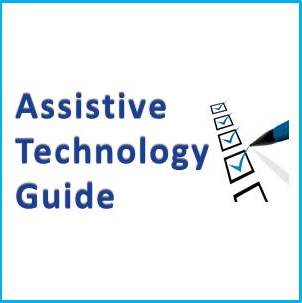
Tactile ground surface indicators (TGSI) are areas of raised ground surface texture treatment installed on the floor or ground surface. They are designed to provide vision impaired pedestrians with warning and / or directional orientation information via the tip of a long cane or the sole of the shoe.
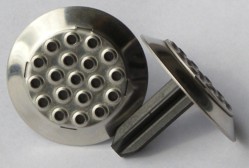
A range of tactile ground surface indicators for indoor and outdoor use in public areas. The range includes four styles including metal insert or full metal. Profile No 1 has a slip resistance rating of R13. Alternate materials are available on request. Available in domes and directional indicators.
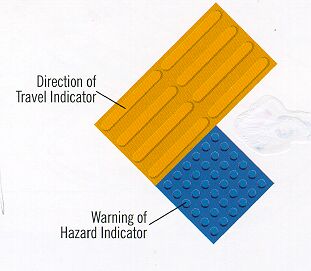
A tactile ground surface indicator made from a cork and rubber composition in a tile form. These can be applied on top of a wide range of existing ground surfaces.

Tactile ground surface indicators available either as slip resistant discrete domes that are individually installed or steel plates with domes. The domes are made from stainless steel or nickle plated zinc. They are applied to the existing ground surface in a grid pattern to comply with the relevant standards.
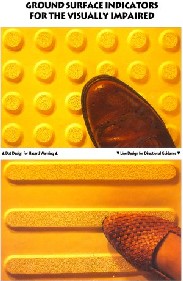
A tactile ground surface indicator made from rubber in a tile form that can be applied to a wide range of existing indoor and outdoor ground surfaces including concrete.
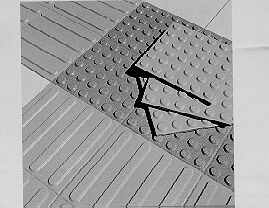
A tactile ground surface indicator in the form of a ceramic tile. These tiles must be inset into the existing ground surface.
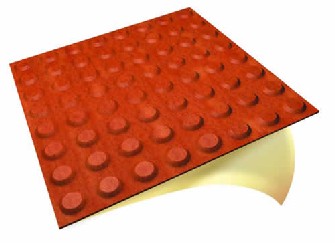
Guardian Tactile provide a system of vandal proof tactile ground surface indicators with peel and stick installation. The tiles are produced in squares for modular use. Available in flat (slip resistant), dimples (warning) and strips (directional). Tiles can be walked on immediately after they are installed.
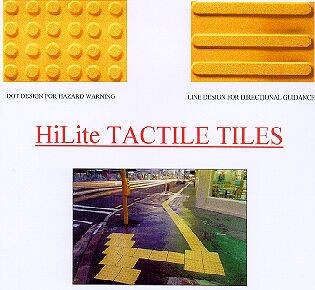
A range of tactile ground surface indicators including PVC tiles (applied to existing ground surface), pre cast compressed stone tiles (inset) and individual stainless steel dots and directional indicators (applied or rivetted into ground). The range covers products for indoor and / or outdoor use.
Copyright © 2009-2013 Independent Living Centre NSW.
Site designed by the Human-Computer Interaction Laboratory, School of Computer Science and Engineering, University of New South Wales.